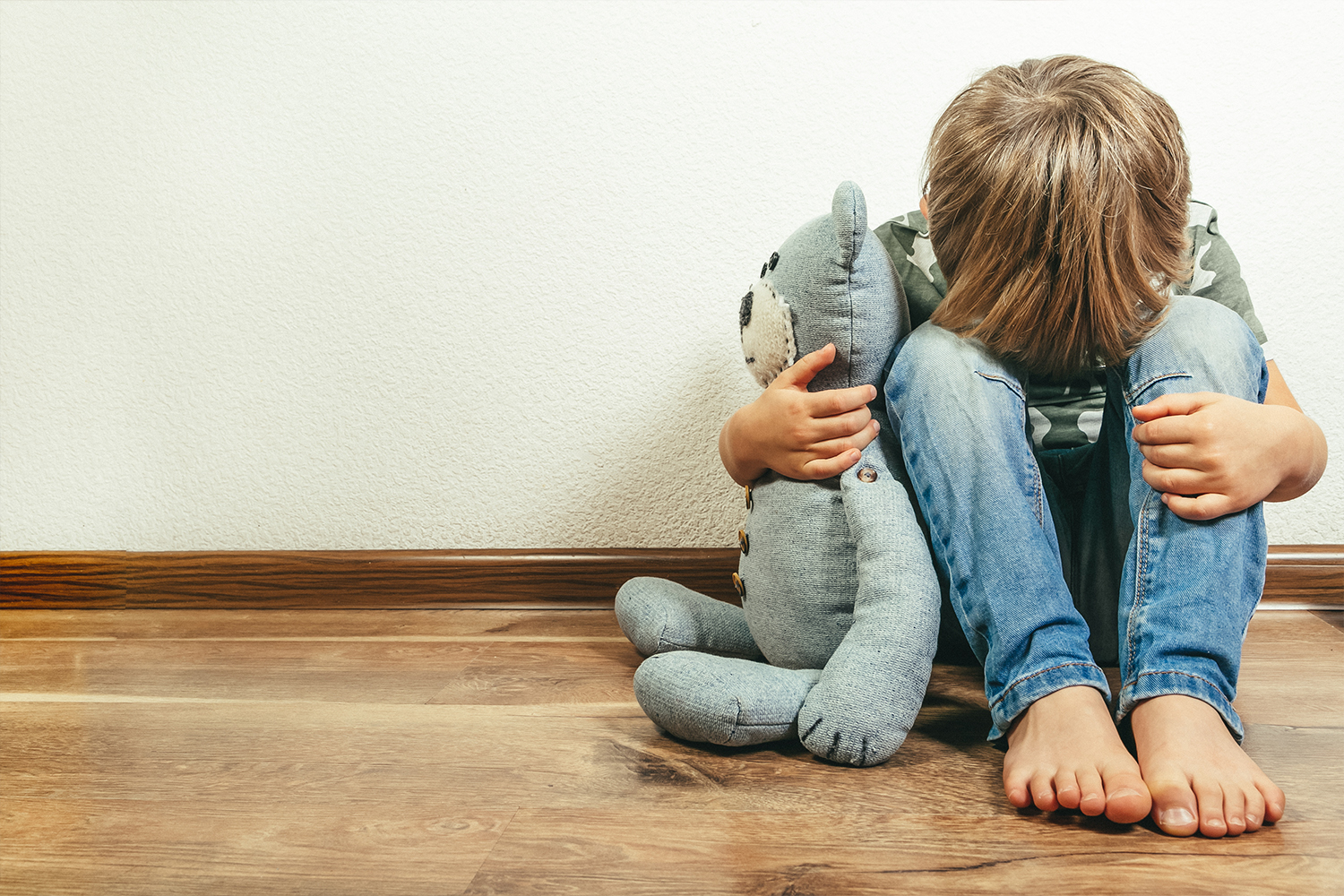Teaching Your Child About Emotions

For the younger children and teenagers, emotions can be very confusing. At any given time, things and circumstances around us change, which sometimes makes us feel different. As many would say; emotions are like rollercoasters going up and down, filled with many twists and turns. Since our feelings tend to change moment by moment, it is best that parents talk to their children regularly about their emotions to help them get a better understanding and familiarize themselves with their feelings.
What I’ve found to be best is to start out by letting your child know about the different emotions that exists. This will help them recognize and talk about their feelings more readily. A small list of emotions include anger, frustration, irritation, happiness, excitement, fear, sadness, joy, peace, silliness, boredom, worry and so much more. Often teenagers would dismiss some emotions simply because they do not know how to describe their feelings, and this will let them know of the possibilities.
Secondly you should let your teenager know that no emotion or feeling is invalid, bad, or inappropriate. Everyone should know that their emotions matter and they should not be dismissed or disregarded for any reason. Simply stated, “you feel what you feel.” Now others may not agree with the way you feel, but that does not nor should not negate your feelings.
In addition, your child needs to know that it is ok to talk about their emotions. They need to know that they have permission to speak about the emotion and that there will be no consequences for it. To do this, parents need to ensure that they first model the behavior by talking about their own emotions often. Take advantage of times when times when you mess up and are not the best parent and make it a teachable moment by talking about your emotions. Children are always watching and listening. Secondly parents should create a safe place for the child to discuss their emotions. Do not criticize them for how they feel, even if you do not agree. Instead, find ways to empathize with them and understand how they could come to their conclusions, and if correction is needed, do so with grace and compassion.
Lastly, they need to know and understand that feelings change. Most of us can understand this from the simplest of examples that one moment we’re feeling happy and excited, and the next moment we can be upset and sad. Although we have different emotions at different times, we do not have to allow our emotions to take total control of our thinking and behaviors. We can learn to change, regulate, or manage our emotions so we can express ourselves with greater ease despite the way we may feel.



